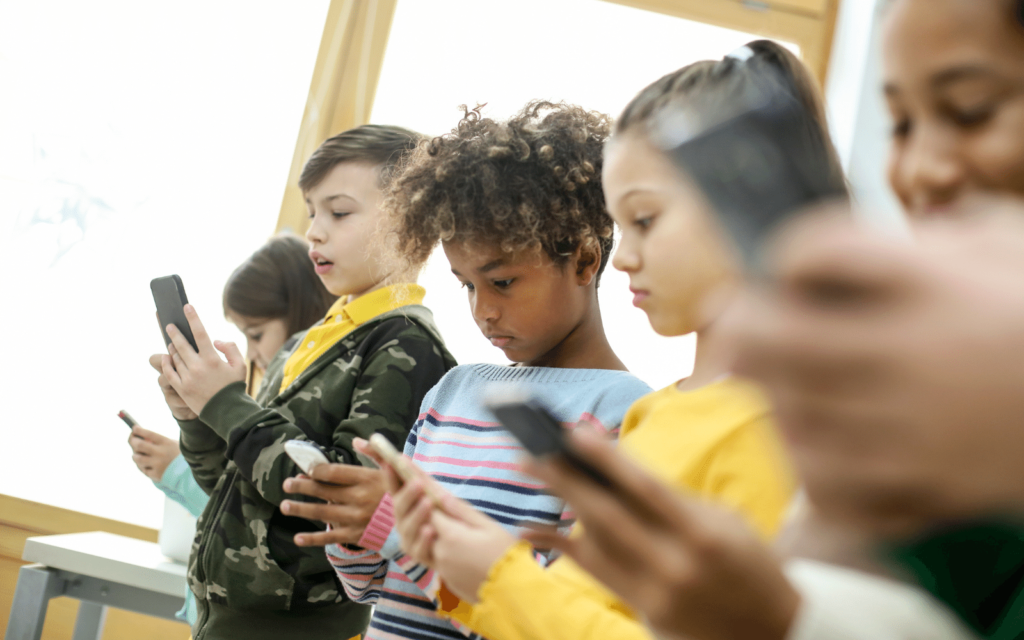The COVID-19 pandemic placed enormous pressure on education systems worldwide. At the peak of the crisis, school closures forced over 1.6 billion learners out of classrooms. This exacerbated a learning crisis that existed before the pandemic, with many children in school but learning very little.
Widespread school closures are not unique to COVID-19. Teacher strikes, natural disasters, other disease outbreaks and extreme weather conditions all result in lengthy school closures.
The cost of school closures has proved to be substantial, in particular for lower socioeconomic status households. When schools are closed, remote learning is rarely as effective as in-school instruction, and caregivers become the front-line educators.
In well-resourced households, learning material such as textbooks and online internet access might exist at home and caregivers are more likely to engage in their child’s education. But in lower income households, fewer resources exist to support educational instruction.
Reducing learning loss when schooling is disrupted requires outside-school interventions that can effectively deliver instruction to children at scale. But little evidence exists on cost-effective learning interventions during school disruptions.
It’s estimated that globally 70%–90% of households own at least one mobile phone. This suggests that the use of mobile phones has the potential to provide educational instruction in resource-constrained contexts and at scale. But this “low-tech” solution is less commonly used in education relative to “high-tech” approaches that rely on internet-based instruction. This is despite the fact that only 15%–60% of households in low- and middle-income countries have internet access.
To examine the potential of mobile phone-based instruction, we conducted a randomised controlled trial with 4,500 households across Botswana led by Youth Impact, one of the largest NGOs in the country. In Botswana, mobile phone access is high: nearly 1.5 mobile phone connections per person on average. Many individuals have multiple sim cards.
We tested two mobile phone-based methods as low-tech solutions to support parents and their children during the COVID-19 pandemic.
The households were divided into two types of intervention groups. One group received SMS messages with a few basic numeracy problems of the week. A second group received these same weekly SMS messages plus a 15–20-minute phone call from a teacher.
Phone calls improve learning
We found that SMS messages alone had little effect on learning outcomes. But a combination of phone calls and SMS interventions resulted in large learning gains.
Learning levels, as measured by a test focused on foundational numeracy skills such as addition, subtraction, multiplication, and division, increased by 0.12 standard deviations. This equates to more than a full year of high-quality instruction gained per $100 spent. This ranks among the most cost-effective learning interventions.
These results show that instruction through mobile phones calls can provide an effective, scalable method to provide education instruction when schooling is disrupted. The research also shows the importance of live, direct instruction to complement more automated SMS based approaches to provide effective remote education.
We further developed phone-based assessments, as a means to measure learning, and found that this enabled high-frequency data collection to target instruction to children’s learning levels in real-time. For example, children who did not know addition were taught addition; children who did not know subtraction were taught subtraction. The one-on-one phone calls enabled a cost-effective and scalable form of tutoring. They were also highly targeted to children’s learning levels. This approach to targeting instruction was inspired by a well-known model called Teaching at the Right Level.
Read more: Disasters interrupt schooling regularly in parts of Africa: here’s a solution
We found improved parental engagement too. Parents became more confident and accurate in their beliefs about their child’s education as a result of the intervention. This shows they were engaged and involved in the instruction along with their child.
Our findings have immediate policy relevance as the COVID-19 pandemic continues to disrupt schooling. Many schools have reopened since the COVID-19 pandemic, but only partially. For example, in Botswana instruction time has often been reduced owing to social distancing measures such as double-shift systems where half of the students attend school in the morning and the other half attend in the afternoon. Many countries around the world have adopted similar double-shifting systems, necessitating urgent action to provide additional, high-quality educational instruction.
Low-tech education
Our findings also have broad implications for the role of simple, low-tech methods to support education beyond COVID-19. Schooling gets disrupted for many reasons such as public health crises, weather shocks, natural disasters, elections, summer holidays, and in refugee and conflict settings. During these moments, education systems need resilient approaches to continue to provide education.
It’s important to note that our study evaluated only a subset of potential interventions. Other popular low-tech methods of educational instruction, such as radio and TV, require further investigation.
Since the initial trial in Botswana, our research team has engaged in a series of follow-up studies in India, Kenya, Nepal, Uganda and the Philippines. Results will show how well this approach scales across diverse contexts.
- is an Executive Director, Youth Impact, Fellow, University of Oxford
- This article first appeared on The Conversation




